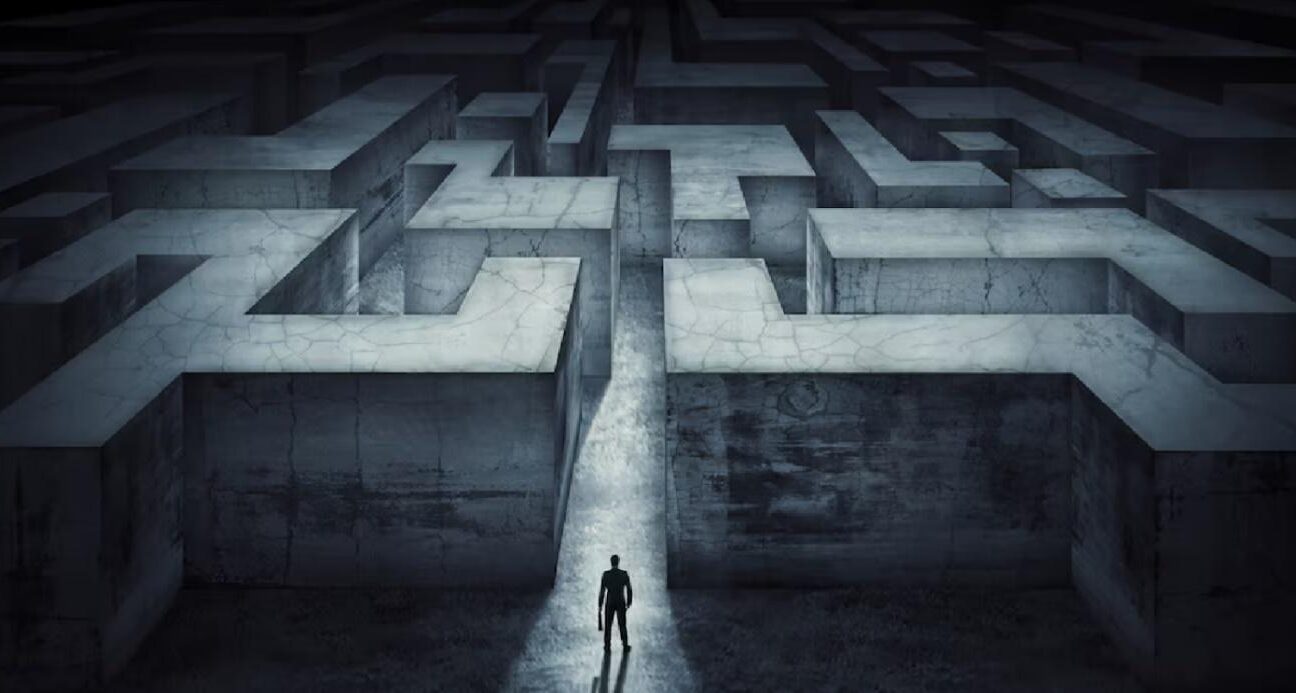Virtual reality (VR) is a technology that transports users into computer-generated environments, providing a multisensory experience. Users can immerse themselves in three-dimensional, lifelike worlds using a headset and interactive devices. VR applications span diverse fields such as gaming, education, healthcare, and training, offering realistic simulations and interactive experiences.
Virtual reality (VR) has emerged as a groundbreaking technology that has revolutionized how we experience and interact with digital content. 3D animation is a critical element that makes VR experiences genuinely immersive and enthralling. 3D animation studios are vital in crafting stunning and lifelike virtual environments.
However, this creative process comes with its own set of challenges and opportunities. We will explore the challenges faced by professionals in 3D animation production in virtual reality and uncover the exciting opportunities that lie ahead.
3D Animation Challenges in VR
Hardware Limitations
Virtual reality experiences require powerful hardware to run smoothly. 3D Animators face the challenge of optimizing their animations to work within the limitations of VR headsets, such as processing power, memory, and storage constraints.
Realistic Movement and Physics
In virtual reality, users expect animations to mimic real-world movement and physics accurately. Animators must invest time and effort in creating 3D animations that respond realistically to user actions and interactions within the virtual environment.
Stereoscopic Rendering
VR experiences often involve stereoscopic rendering, which presents unique challenges for animators. They must ensure the 3D animations are properly aligned and give users a convincing three-dimensional depth perception.
User Comfort
VR-induced motion sickness is a common challenge that animators must address. They must carefully design 3D animations to minimize motion sickness triggers, such as sudden camera movements or rapid changes in perspective.
Iterative Design Process
3D animation production for virtual reality often involves an iterative design process. Animators must create, test, and refine their animations repeatedly to ensure they meet the desired level of immersion and user experience.
User Interface and User Experience Design
When creating animated content for virtual reality, 3D animators must consider the design of user interfaces and user experience. They must create intuitive and immersive interfaces that allow users to navigate and interact smoothly within the virtual environment.
Endless Possibilities in 3D Animation for Virtual Reality
Enhanced Interactivity
Virtual reality allows for immersive and interactive experiences, allowing animators to create engaging and interactive 3D animations. Users can interact with objects, characters, and the environment, creating new possibilities for creative storytelling.
Realistic Environments
3D Animators can use their skills to design and craft stunning and lifelike virtual worlds, improving the overall immersive experience for users.
Emotional Engagement
3D animation in virtual reality can evoke strong emotions and create deep connections with users. Animators can utilize expressive character animations, compelling narratives, and immersive environments to elicit emotional responses and create memorable experiences.
Cross-Industry Applications
Virtual reality presents 3D animators with diverse opportunities to apply their skills in different sectors and collaborate on projects that have a real-world impact.
Advertising and Marketing
Virtual reality provides new avenues for advertising and marketing campaigns. Animators can create interactive and immersive branded experiences, allowing users to engage with products and services virtually, increasing brand awareness and customer engagement.
Future of Virtual Reality with 3D Animations in 2024
The future of virtual reality in 2024, coupled with 3D animations, has the potential to revolutionize multiple industries and redefine user experiences. VR technology will transport individuals to realistic virtual environments with constant advancements in hardware and software that they have never experienced before.
The applications of VR will expand beyond gaming and benefit sectors such as architecture, healthcare, education, and many more. Social VR experiences will unite people in virtual spaces, fostering collaboration and communication. Integration across platforms and the integration of AI and AR technologies will further enhance VR’s capabilities. Although challenges remain, the future holds boundless potential for VR with 3D animations, promising awe-inspiring and transformative experiences.
Conclusion
The challenges professionals face in 3D animation production in crafting animations for virtual reality are significant. However, these challenges are accompanied by exciting opportunities for creativity, innovation, and collaboration. 3D animators have the chance to shape the future of immersive storytelling and create truly unforgettable experiences as the VR industry continues to grow and evolve. 3D animation production companies can significantly impact this dynamic and rapidly expanding field by embracing the technical complexities and using the unique features of virtual reality.





